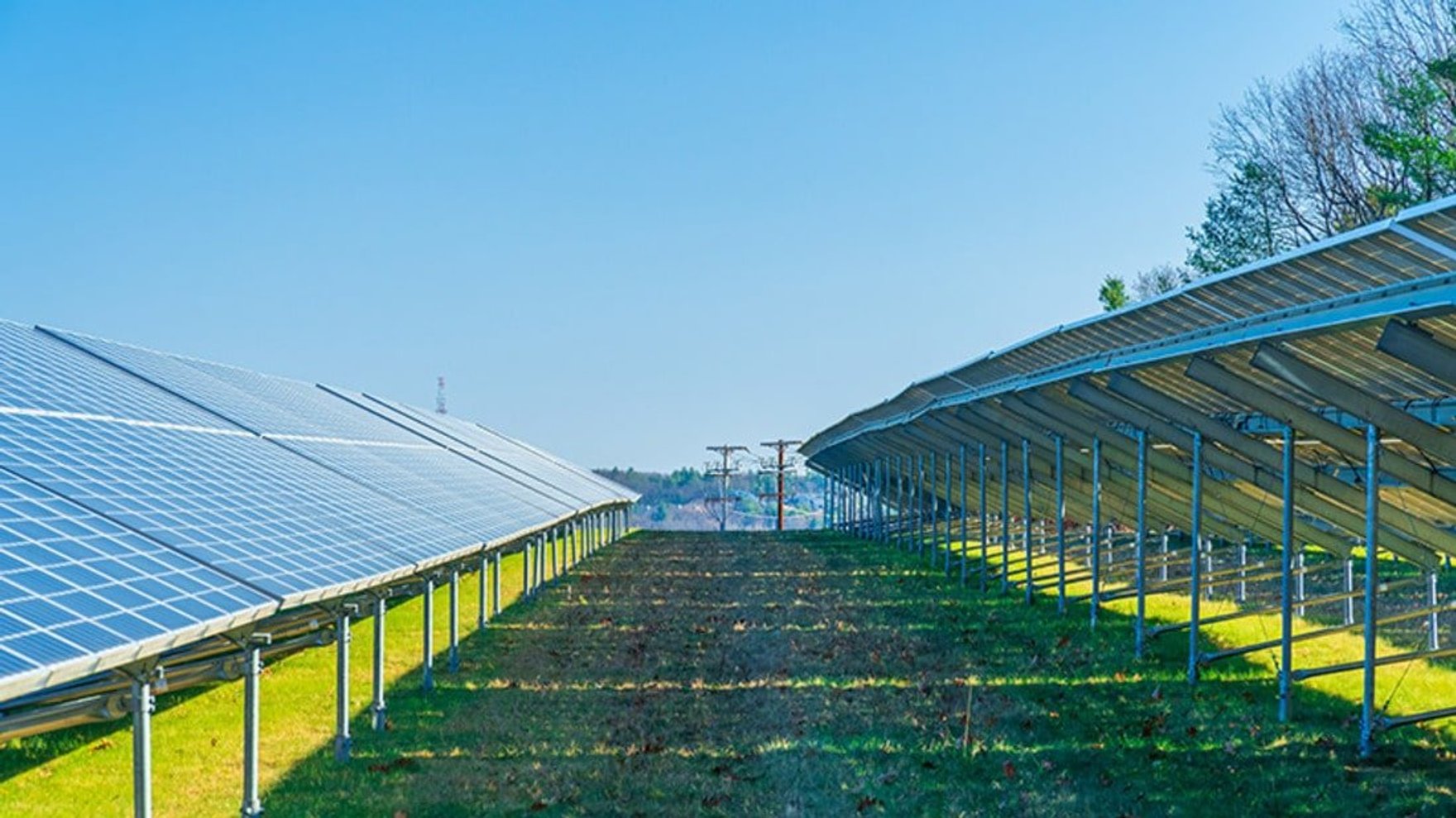
There is an opportunity for the grid to power the growth of renewable energy sources while becoming more resilient and reliable. Distributed energy resources like solar and wind can be critical to facilitating this reliability.
How does the electricity grid work?
Historically, electricity generation has been primarily centralized at power plants that run on sources such as coal and natural gas. Once the electricity is generated, it’s transmitted and distributed to utility customers, through a vast network of power plants, distribution centers, and transmission lines all leading to your home.
America’s power grid dates as far back as early as 1890. Much of the infrastructure used today, such as transmission and distributions lines, were built in the 1950s and 1960s with a 50-year life expectancy. However, the growing demand for electricity today has overwhelmed some of the equipment, causing overloads to a century-old grid.
Renewable energy
Luckily, a number of renewable energy sources have been integrated into the grid throughout the last decade, supported by renewable energy incentives. In fact, renewables as a whole reached 78% of 2020 electricity additions.
Often, renewable energy options are also cheaper. Distributed renewable energy resources like solar and wind can be inexpensive since they generate electricity at a closer proximity to homes and businesses, leading to fewer long power lines and other expensive grid structures required for centralized distribution.
The key here is the word “distributed”; moving to renewables also means moving away from a centralized power generator to a network of solar, wind, hydro and other power sources.
Battery storage
One approach that is becoming increasingly cost effective and growing in popularity is to combining renewable energy projects, like wind and solar, with battery storage. The combination of these technologies provides a blanket of reliability. Power generated by these types of projects can be stored and fed directly into the grid when power is not otherwise being generated or when demand is highest.
Improving the grid to house more renewable energy projects also means harmonizing neighboring utility zones to better balance supply and demand loads, while creating better predictions of solar and wind energy output. That’s where batteries come into play. Battery storage helps manage the mismatch between supply and demand. Over the past five years, the price of batteries has fallen by about 80%, enabling integration of storage into renewable projects. Renewables and storage technologies hold a potential solution for grid reliability. As more states begin to use higher percentages of power from renewable projects, there’s no doubt storage will play an important role.
Microgrids
The power grid typically comes to public attention when there are large-scale failures, like outages caused by a storm. These natural disasters have demonstrated the importance of grid reliability and outage detection to restore power and improve safety for many individuals. It also has driven interest in microgrids for increased resiliency.
Microgrids are small-scale versions of a larger electrical grid that generate local energy directly to a community or group of users. Resilience is chief among the benefits of microgrids, as they can disconnect from the larger grid and restore power to a community as soon as an outage occurs. For areas that are hurricane-prone or susceptible to natural disasters, microgrids built on solar and storage can address the need for increased resiliency.
Renewable energy solutions are already powering communities across the nation, with renewables plus storage delivering safe, reliable backup power and year-round benefits. Ensuring resilience with distributed renewable energy, storage and microgrids is paramount. Interested in learning more about battery storage solutions for your business or project? Lean more here about Nexamp’s Energy Storage capabilities.